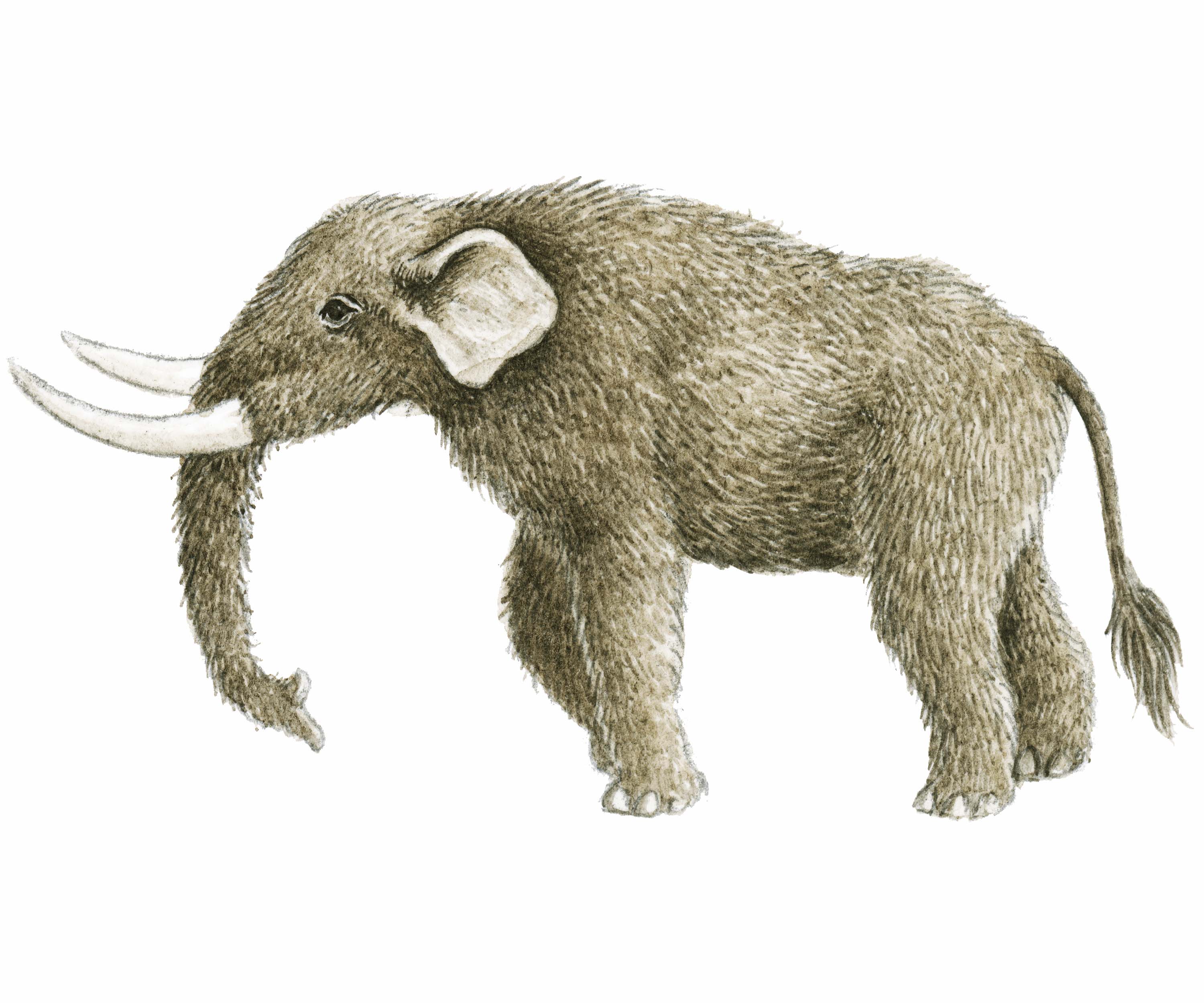
Here, we examine potential megafauna depictions in the rock art of Serranía de la Lindosa, Colombian Amazon, that includes a giant sloth, a gomphothere, a camelid, horses and three-toed ungulates with trunks. However, the identification of extinct megafauna from rock art is controversial. Megafauna paintings have accompanied the earliest archaeological contexts across the continents, revealing a fundamental inter-relationship between early humans and megafauna during the global human expansion as unfamiliar landscapes were humanized and identities built into new territories. Therefore, humans may have played a role in mammalian extinctions in this region, either directly, due to hunting, or due to changing the paleoenvironmental conditions on a wider scale. This anomalous association is probably the result of human impact as opening the forest favoured the introduction of open environment fauna that had previously survived on the southernmost part of the continent. The mammal association is highly heterogeneous, containing species living in aquatic, forest, prairie and savannah environments from a very specific layer that represents the almost simultaneous burial of animals killed slightly up-valley. A sandy layer of the lower unit, slightly above the archaeological remains, contains transported bones of megafaunal elements that apparently represent the South American latest occur-rence of some extinct taxa. We suggest that the sedimentary unit is associated with intense soil erosion processes triggered by early Neolithic deforestation.

Radiometric dating indicates a middle Holocene human occupation, between ca. The lower unit contains a hearth, scattered burnt bones, flint flakes and ceramic artefacts.

The Chaco has been intensively settled for agricultural and pastoral purposes since the 18th century. These findings are evidence of a recent phase of alluvial fan sedimentation resulting from slope erosion activated by forest clearing. Roots localised in this layer also sustain a number of very large still living trees. The remains of a wooden plank, dated 140 yr BP, were found at the top of this soil, which laterally contains charcoals, ash layers and large charred trunks, sometimes in growth positions.

The intermediate unit consists of forest soil that seals deep channels containing bones together with a forest association. The lower and upper parts are formed from predominantly sandy sediments that demonstrate rapid growth of the alluvial fan, associated with an intense erosion of barren slopes. Three major lithostratigraphic units characterise the sedimentary sequence in this region. A stone statue of the early San Agustín Culture (perhaps of the ninth century before Christ), shows a face or mask that seems to represent an elephant this may mean that they had knowledge of the existence of Mastodons still in that time, or of an ancestral memory (cultural/ tradition) of an earlier period.Ī b s t r a c t Quebrada (stream) Ñuagapua, which is located in the Bolivian Chaco in the Andean foothill generates an alluvial fan many kilometres in length. Abstract An analysis of the stratigraphy and radiocarbon dating of an excavation in the El Totumo site (Tocaima, Cundinamarca, Colombia), where bones of Mastodon and Megatherium were found associated with stone artifacts of the El Abra type, brings to the conclusion that man and megafauna still cohabited in the area between 60 years before present. Una estatua de la época temprana de la Cultura de San Agustín (quizás del siglo noveno antes de Cristo) muestra una cara o máscara elefantoide que puede significar que tenían conocimiento de la existencia de mastodontes todavía en esta época o un recuerdo ancestral (tradición cultural) de épocas anteriores.

Un análisis de la estratigrafía y dataciones de carbono 14 de una excavación en el sitio El Totumo (Tocaima, Cundinamarca, Colombia) donde se encontraron huesos de Mastodontes y Megaterios en asociación con artefactos líticos de tipo Abriense, conduce a la conclusión de que l hombre y la megafauna convivieron aún entre 6000 y 5000 antes del presente. van der Hammen: Supervivencia de mastodontes, megaterios y presencia del hombre en el Valle del Magdalena (Colombia) entre 6000 y 5000 AP.


 0 kommentar(er)
0 kommentar(er)
